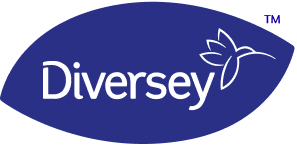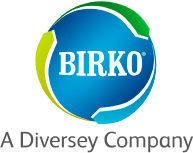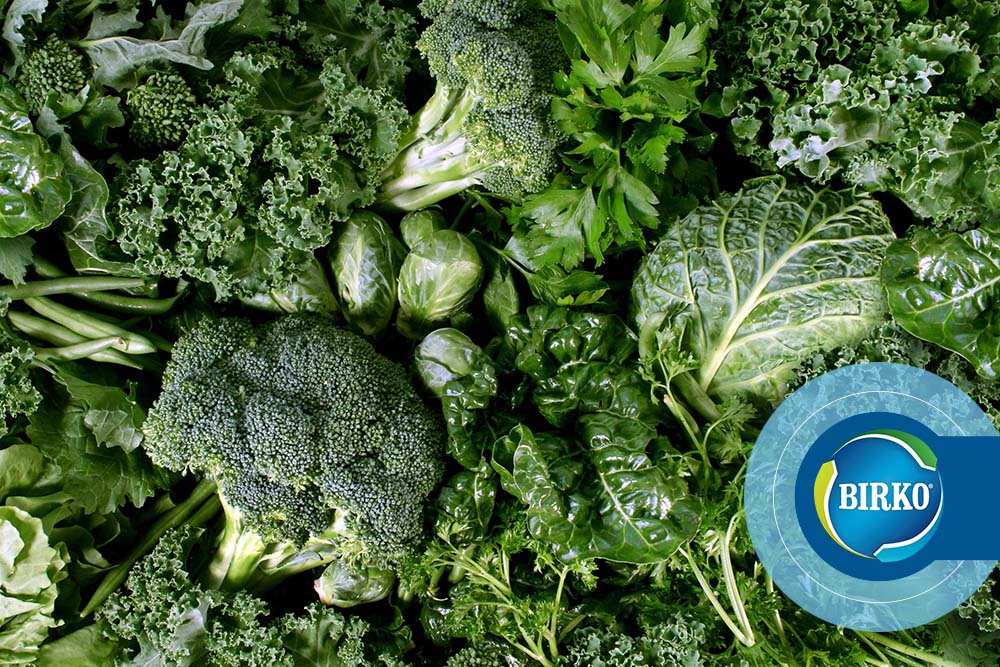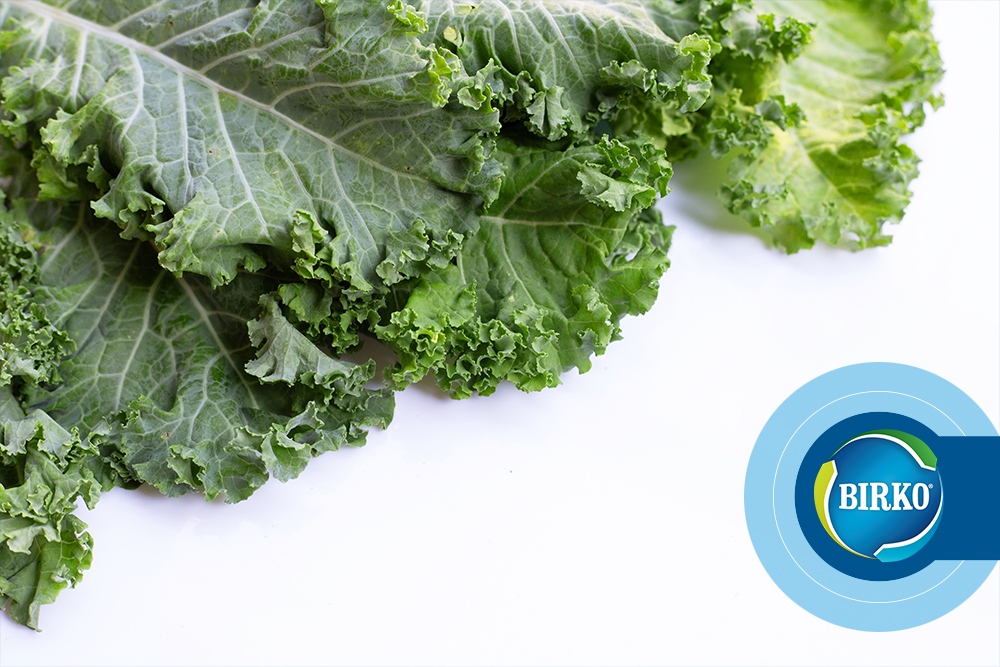The recent Listeria monocytogenes outbreak, traced to cantaloupes grown in Colorado, once again reminds us that it is possible for fruit and vegetables to be contaminated with pathogenic (disease-causing) organisms. In recent years, the produce industry has taken great strides to track where fruit and vegetables are grown, shipped, stored, and sold. The term for this process is known as traceability. Once the Listeria problem (known as listeriosis) was traced to cantaloupe, it really took a relatively short time to determine where it was grown and then sold. My 83-year-old mother received a recorded voice message from the local grocery store informing her that she had purchased the cantaloupe in question, and instructing her to dispose it immediately. She had already eaten it and fortunately did not have a problem, thank goodness. I asked her if she washed it first and she said, “No”—not good.
While the produce industry is to be applauded for advances in traceability, a key problem remains: Hazard Analysis Critical Control Point (HACCP) food safety procedures are not yet mandatory for the produce industry. Where traceability focuses on where the food comes from and where it goes, it has nothing to do with the question at hand: Is it safe? Most of the larger produce companies already have a HACCP plan in place. While HACCP does not necessarily guarantee a safer food supply, properly run HACCP programs will hopefully continue to cut down on the incidence of foodborne illness from pathogenic organisms—from all sources.








